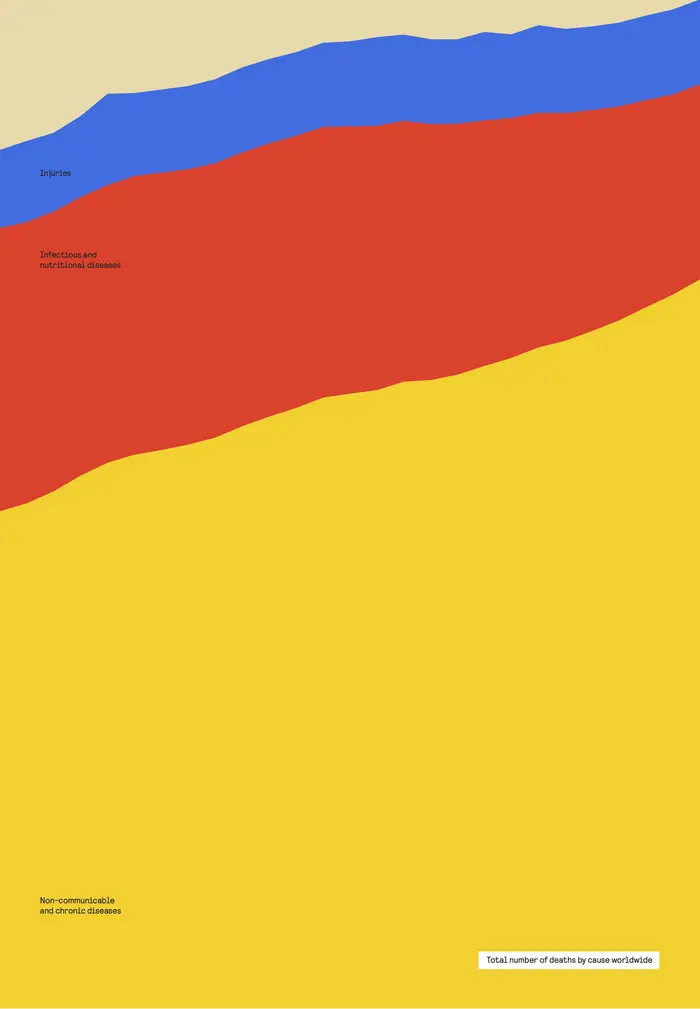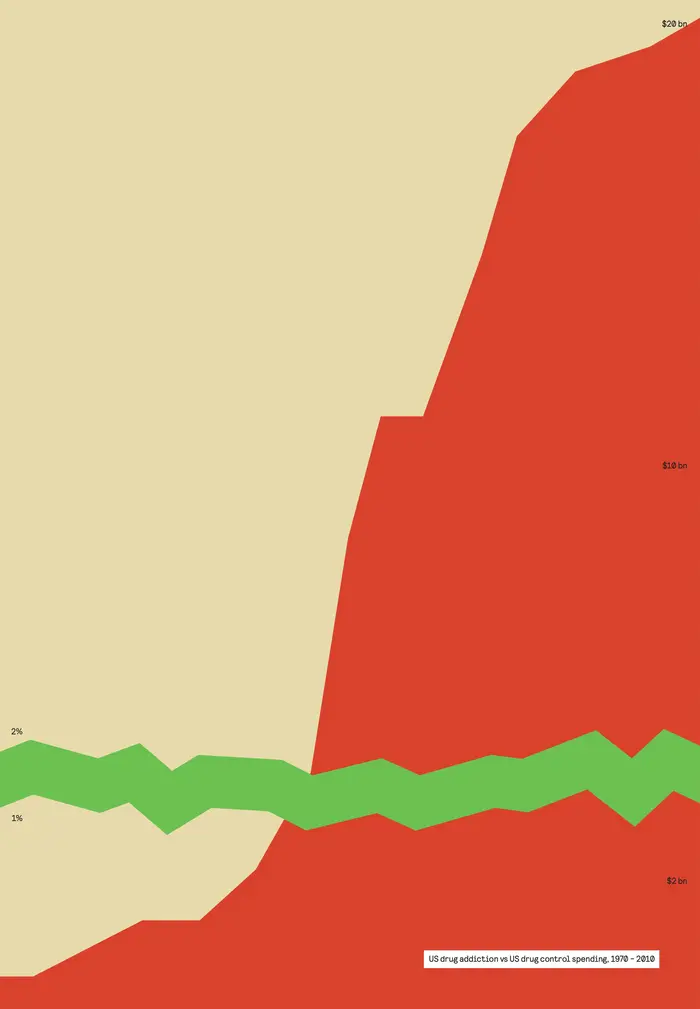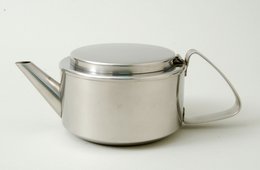[Translate to English:] text 2
BIO 26 in Ljubljana is Europe's oldest design biennial. Founded in 1963, from November 2019 to February 2020 it was dedicated to the theme of »Common Knowledge« and seeks ideas that show ways out of the current crisis of information. Now she visits the Kunstgewerbemuseum in Pillnitz and presents a cross-section of her main exhibition at the 26th edition of the design festival, focusing primarily on the interrelationships between the multidimensional information crisis and citizenship. She explores the role and potential of contemporary design in shaping knowledge and truth and in recalibrating our infosphere.





























